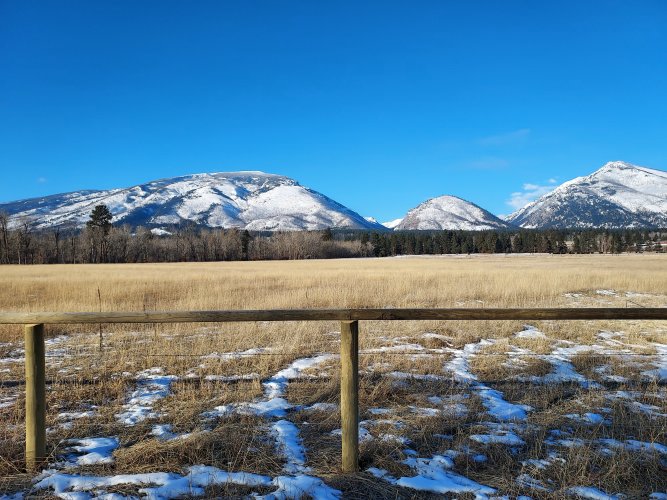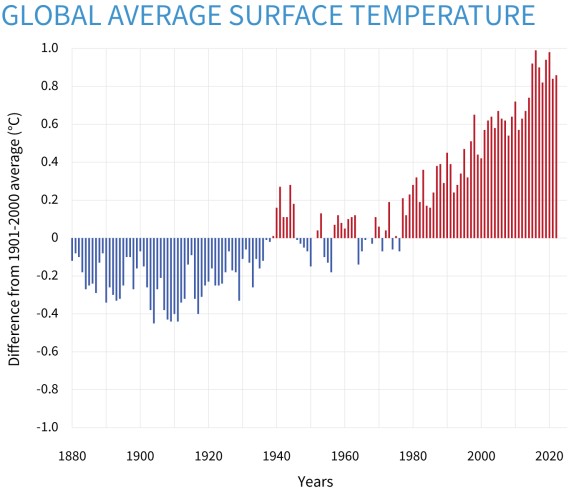Huntin' Fool
Well-known member
About 33 million acres of forest in California.
GOP solutions - clear cut 1/2, overgraze all of it, rake it.
Effect: During heavy rains massive mud slides and flows. Sediment fills reservoirs.
Chaparral brush fields grow back in 5 years or so. Fuel loads come right back.
GOP solutions - clear cut 1/2, overgraze all of it, rake it.
Effect: During heavy rains massive mud slides and flows. Sediment fills reservoirs.
Chaparral brush fields grow back in 5 years or so. Fuel loads come right back.







